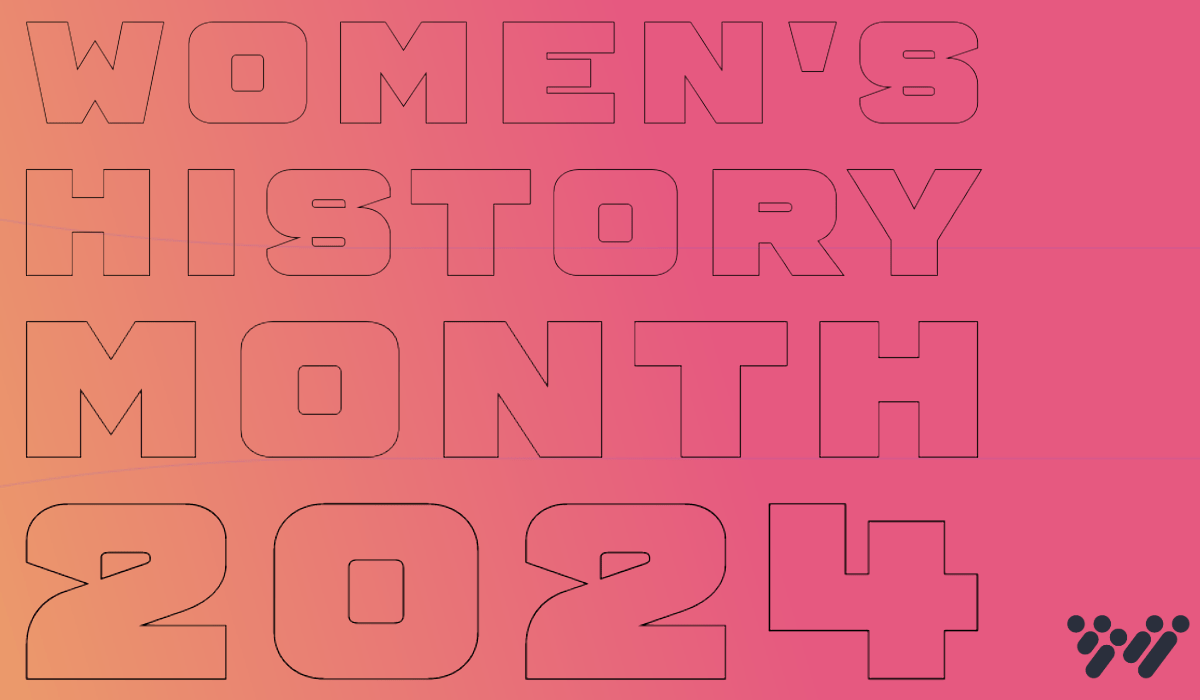Making a new hire isn’t as simple as writing up a job description, identifying and interviewing the top candidates, and extending an offer. A strategic job analysis before your opening hits the market can help excite and engage the right candidates before they even touch the application.
A strategic job analysis helps employers predict future job requirements by going beyond the needs of the specific role to answer a key question: “How does this job fit into the strategic direction of the organization based on anticipated technological and organizational changes?”
Before you kick off any recruiting efforts, you must identify a need for new team members. Whether the need stems from organizational growth or turnover, you’ve been tasked with finding the best candidate – and the hiring manager probably wants the position filled yesterday.
How to conduct a job analysis involves collecting information on characteristics that differentiate jobs. If done correctly, the job analysis will represent what the role needs – not what individuals that may have held that title previously brought to the position. You must identify the knowledge, skills and abilities (KSAs) – the baseline qualifications your new hire will need to succeed. Ask the following questions when conducting your analysis.
Why was there an opening in the first place?
- Was the previous employee a bad fit? If so, think about why that person wasn’t right for the role, and consider how that will impact your new search. What can you put in the job description so it doesn’t happen again?
- Was the situation a bad fit? Perhaps the person who left was a strong performer but wasn’t getting the support necessary to excel in the role. Between that employee’s exit interview and subsequent talks with their manager and co-workers, you should have a better understanding of where things went awry.
- Was it just time to move on? Maybe a new position internally or externally came along and it was a growth opportunity for the individual.
- Are you hiring due to organizational growth? If your company is expanding, that’s exciting. It means there’s a story about why you’re growing, and a great opportunity to communicate that to a prospective hire. How will that be woven into the job description?
What does “fit” mean to this position and our organization?
- Understand the KSAs needed to be successful. These are the baseline qualifications you want so that your new hire will be able to meet the demands of the job.
- Understand how someone will align to the strategic framework you established while answering the “why.” Will this person buy into the vision of our organization? Will they be excited to get out of bed for this role?
- Determine how you’ll capture each key element of fit throughout the hiring process. Delineate between the absolutes and the nice-to-haves.
- Collaborate. All of this should be done in a joint session between HR and the hiring manager. Hiring isn’t done in a vacuum, and the process of putting together the job description shouldn’t be either.
Job analysis? Check. Job description? It should almost write itself.
Now you’ll post the opening on your company’s careers page, Indeed, ZipRecruiter, and perhaps even some niche job boards. You’ll put the word out within the organization to drive referrals. You’ll hit up your social media channels to let followers know you’re hiring. You’ll go back in your applicant tracking system to see if any previous candidates are worth a reconnect.
Learn more about how Wonderlic’s AI-powered job description analysis tool here!
Download this Job Analysis Checklist to kick off your hiring process. Stay tuned for more excerpts from “Keeping Your Candidates Engaged,” a whitepaper from Wonderlic and JazzHR.









